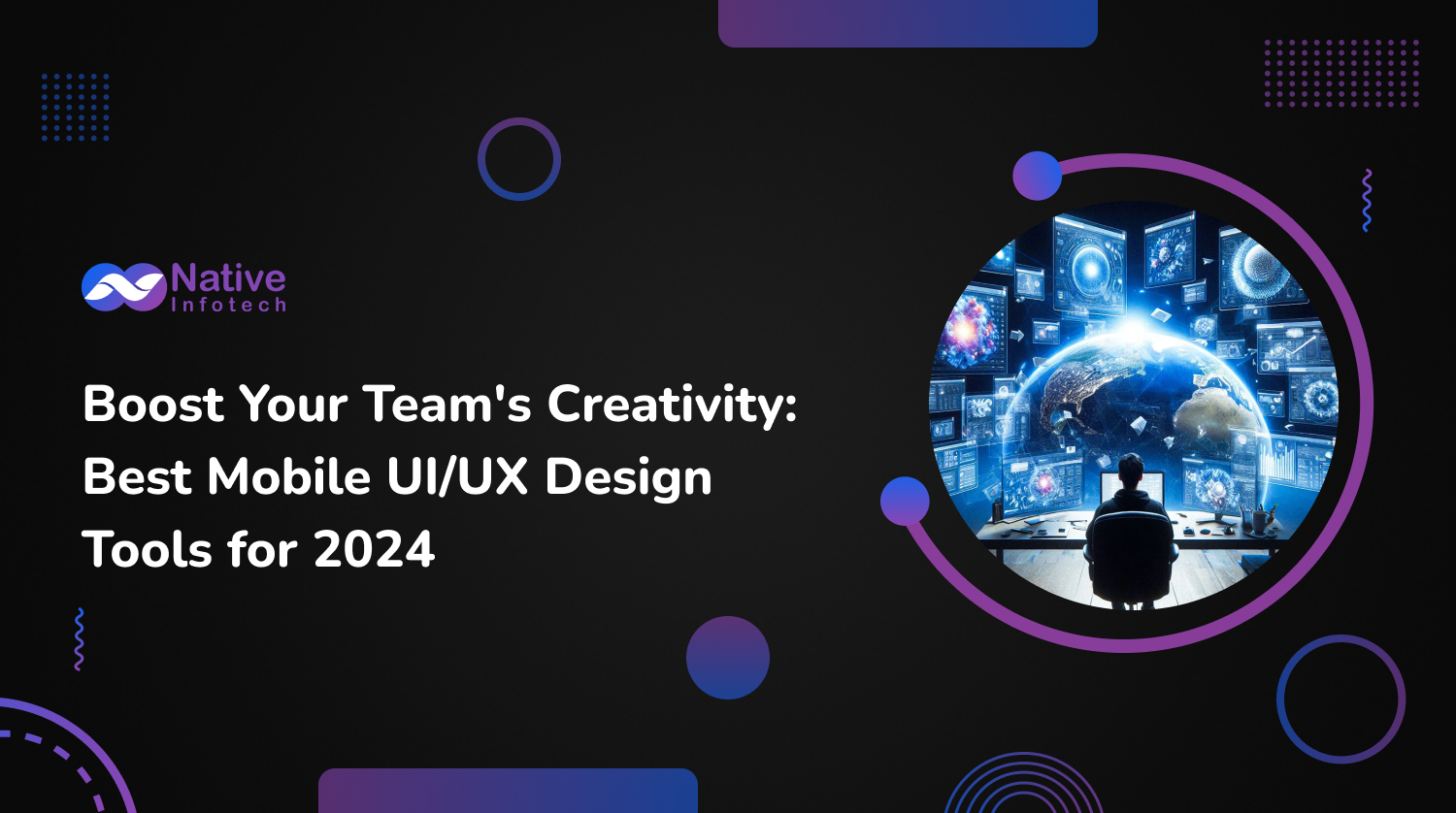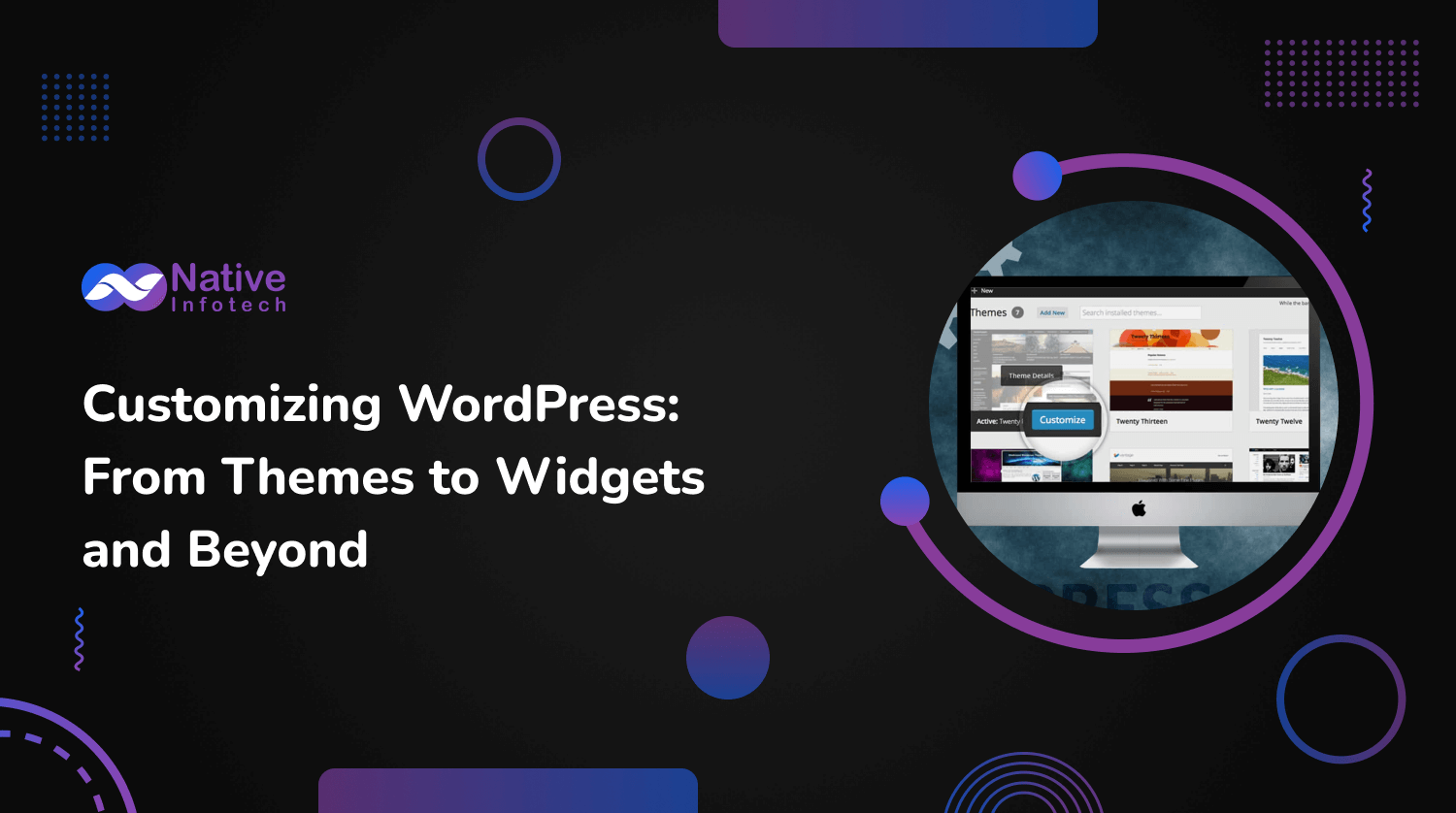
In the fast-paced world of mobile app development, creativity and efficiency are paramount. As we move into 2024, the landscape of UI/UX design tools continues to evolve, offering designers innovative ways to create engaging and user-friendly interfaces. Boosting your team’s creativity can be significantly influenced by the tools they use. This article explores the best mobile UI/UX design tools for 2024, helping you select the right ones to elevate your design process.
1. Introduction to Mobile UI/UX Design Tools
The role of UI/UX design tools has expanded beyond mere creation and prototyping. These tools now facilitate collaboration, streamline workflows, and enable designers to test and iterate quickly. In this article, we’ll delve into the tools that are setting the standard for 2024.
2. Figma: The Collaborative Powerhouse
Figma has solidified its position as a leading UI/UX design tool. Known for its cloud-based platform, Figma enables real-time collaboration, making it ideal for remote teams. With features like vector networks, auto-layout, and interactive prototyping, Figma ensures that designers can create complex designs effortlessly.
Key Features of Figma:
- Real-time Collaboration: Multiple team members can work on the same project simultaneously.
- Vector Networks: More intuitive than traditional vector paths.
- Auto Layout: Automatically adjusts design elements based on changes.
- Interactive Prototyping: Create and share interactive prototypes without leaving the platform.
3. Sketch: The Veteran in the Field
Sketch remains a favorite among UI/UX designers due to its simplicity and powerful vector editing capabilities. While it’s primarily a macOS application, its integration with various plugins and third-party tools makes it versatile.
Key Features of Sketch:
- Symbols and Reusability: Create reusable components that can be updated globally.
- Extensive Plugin Library: Enhance functionality with a wide range of plugins.
- Integration with Other Tools: Seamlessly integrate with tools like InVision and Zeplin.
- Prototyping: Basic prototyping features are available within the app.
4. Adobe XD: The All-in-One Solution
Adobe XD offers a comprehensive suite for UI/UX design, combining design, prototyping, and collaboration in one platform. Its integration with Adobe Creative Cloud makes it a go-to tool for designers already using Adobe products.
Key Features of Adobe XD:
- Design and Prototyping: Unified tools for designing and creating interactive prototypes.
- Repeat Grid: Quickly create grids of repeating elements.
- Responsive Resize: Automatically resize elements for different screen sizes.
- Plugins and Integrations: Extend functionality with various plugins and integrations.
5. Marvel: Simplifying Design and Prototyping
Marvel is a user-friendly tool that caters to both beginners and experienced designers. It simplifies the design process and offers robust prototyping and testing features.
Key Features of Marvel:
- Design and Prototyping: Easy-to-use interface for creating designs and prototypes.
- User Testing: Conduct user tests directly within the platform.
- Handoff: Generate CSS, Swift, and Android XML code for developers.
- Integrations: Integrates with tools like Sketch and Photoshop.
6. Axure RP: For Advanced Prototyping
Axure RP is renowned for its advanced prototyping capabilities, allowing designers to create highly interactive prototypes with conditional logic, dynamic content, and more.
Key Features of Axure RP:
- Dynamic Content: Create prototypes with dynamic elements and data.
- Conditional Logic: Add logic to prototypes for advanced interactivity.
- Detailed Documentation: Generate detailed specifications for developers.
- Collaboration: Share prototypes and collaborate with team members.
7. Framer: Bridging Design and Code
Framer stands out by offering design tools that are closely aligned with code, making it ideal for designers who want to create highly interactive prototypes with realistic animations.
Key Features of Framer:
- Interactive Prototyping: Use code to create advanced interactions and animations.
- Design Components: Create reusable components with built-in interactivity.
- Collaboration: Work with team members in real-time.
- Code Integration: Integrate with code for seamless design-to-development workflows.
8. Principle: Focused on Animation
Principle is a tool dedicated to creating animations and interactions, making it a perfect companion for designers focused on motion design and micro-interactions.
Key Features of Principle:
- Animation: Create complex animations and interactions easily.
- Timeline Interface: Intuitive timeline for precise control over animations.
- Prototyping: Build interactive prototypes with detailed animations.
- Import from Other Tools: Import designs from Sketch and Figma.
9. ProtoPie: Advanced Prototyping Made Simple
ProtoPie is designed for creating highly interactive prototypes without writing code. It’s known for its ease of use and powerful interaction capabilities.
Key Features of ProtoPie:
- No-Code Interactions: Create complex interactions without coding.
- Sensors and Variables: Use device sensors and variables for realistic prototypes.
- Collaboration: Share and collaborate on prototypes with ease.
- Cross-Platform: Compatible with both macOS and Windows.
10. Conclusion
Selecting the right UI/UX design tool for your team can significantly boost creativity and efficiency. The tools listed above represent the best in the industry for 2024, each offering unique features to cater to different aspects of the design process. Whether you prioritize real-time collaboration, advanced prototyping, or seamless design-to-development workflows, there is a tool that will meet your needs. Equip your team with the right tools, and watch their creativity and productivity soar to new heights.
Exploring the Future: 5 Big Changes Coming to Computers in 2024 and How to Get Ready
Are you ready to dive into the future of computing? The year 2024 promises to be an exciting time for technological advancements, with significant changes expected to revolutionize the way we interact with computers. From quantum computing to augmented reality, here are five big changes coming to computers in 2024 and how you can prepare…
WordPress Trends 2024: What’s New and What’s Next?
As we get closer to 2024, WordPress remains a top choice for creating websites, running a large part of the internet. It keeps changing and growing, making it important for developers, marketers, and business owners to keep up with the new trends. This article looks at the upcoming trends for WordPress in 2024, giving tips…


